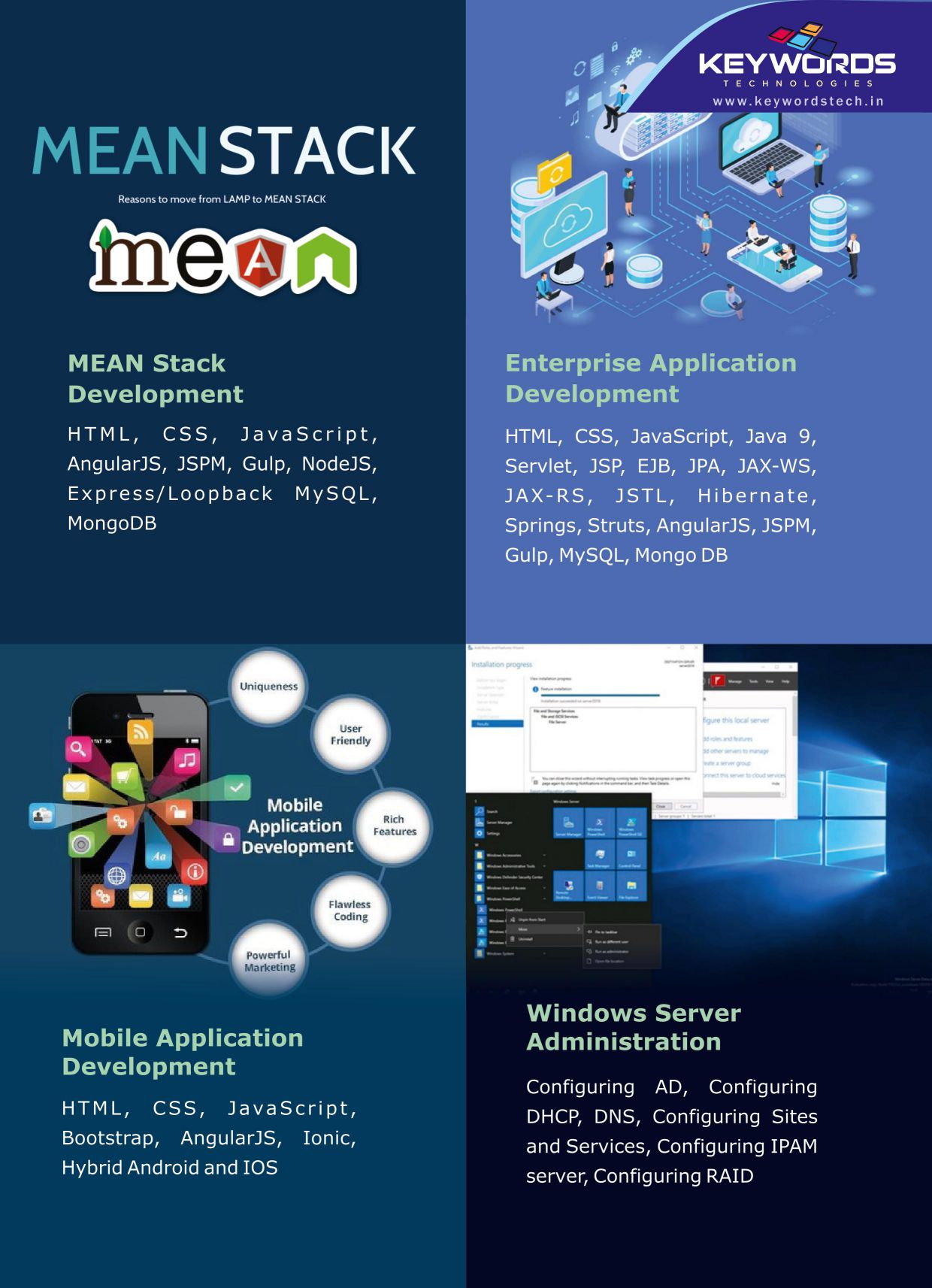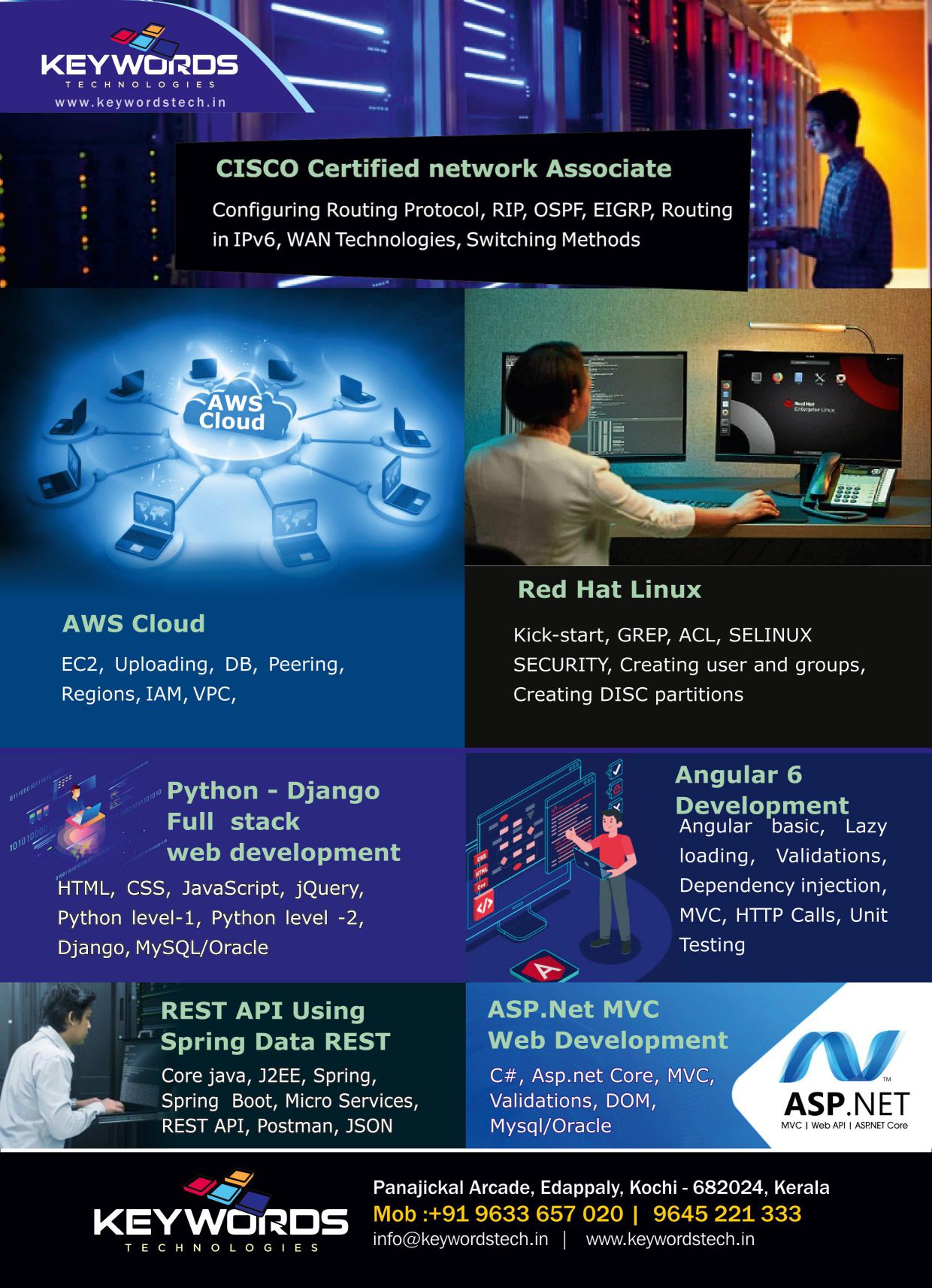CISCO CERTIFIED NETWORK ASSOCIATE (CCNA)
Topics Covered
RHCSA
- Introduction To LInux
- Understand and use essential tools for handling files, directories, command-line environments, and documentation.
- Operate running systems, including booting into different run levels, identifying processes, starting and stopping virtual machines, and controlling services
- Configure local storage using partitions and logical volumes
- Create and configure file systems and file system attributes, such as permissions, encryption, access control lists, and network file systems.
- Deploy, configure, and maintain systems, including software installation, update, and core services.
- Manage users and groups, including use of a centralized directory for authentication.
- Manage security, including basic firewall and SELinux configuration.
RHCE
- Configuring static routes, packet filtering, and network address translation
- Setting kernel runtime parameters.
- Configuring an Internet Small Computer System Interface (iSCSI) initiator
- Producing and delivering reports on system utilization.
- Using shell scripting to automate system maintenance tasks.
- Configuring system logging, including remote logging.
- Configuring a system to provide networking services, including HTTP/HTTPS, File Transfer Protocol (FTP), network file system (NFS), server message block (SMB), Simple Mail Transfer Protocol (SMTP), secure shell (SSH) and Network Time Protocol (NTP).
Course time in keywords technology
► Duration: 1.5 months
► Live Mock Test and interview Questions
► Practical Oriented Training



















